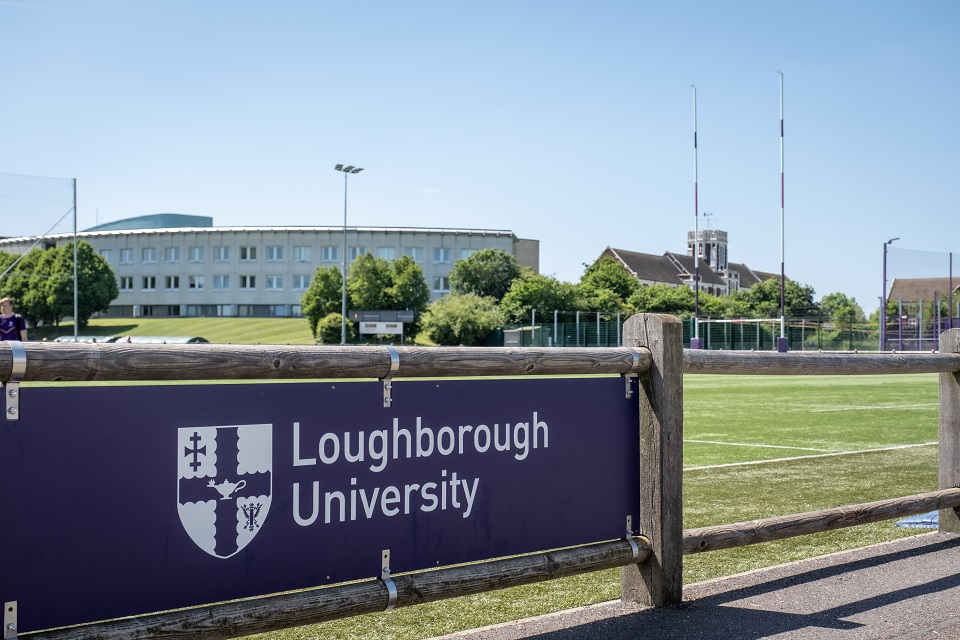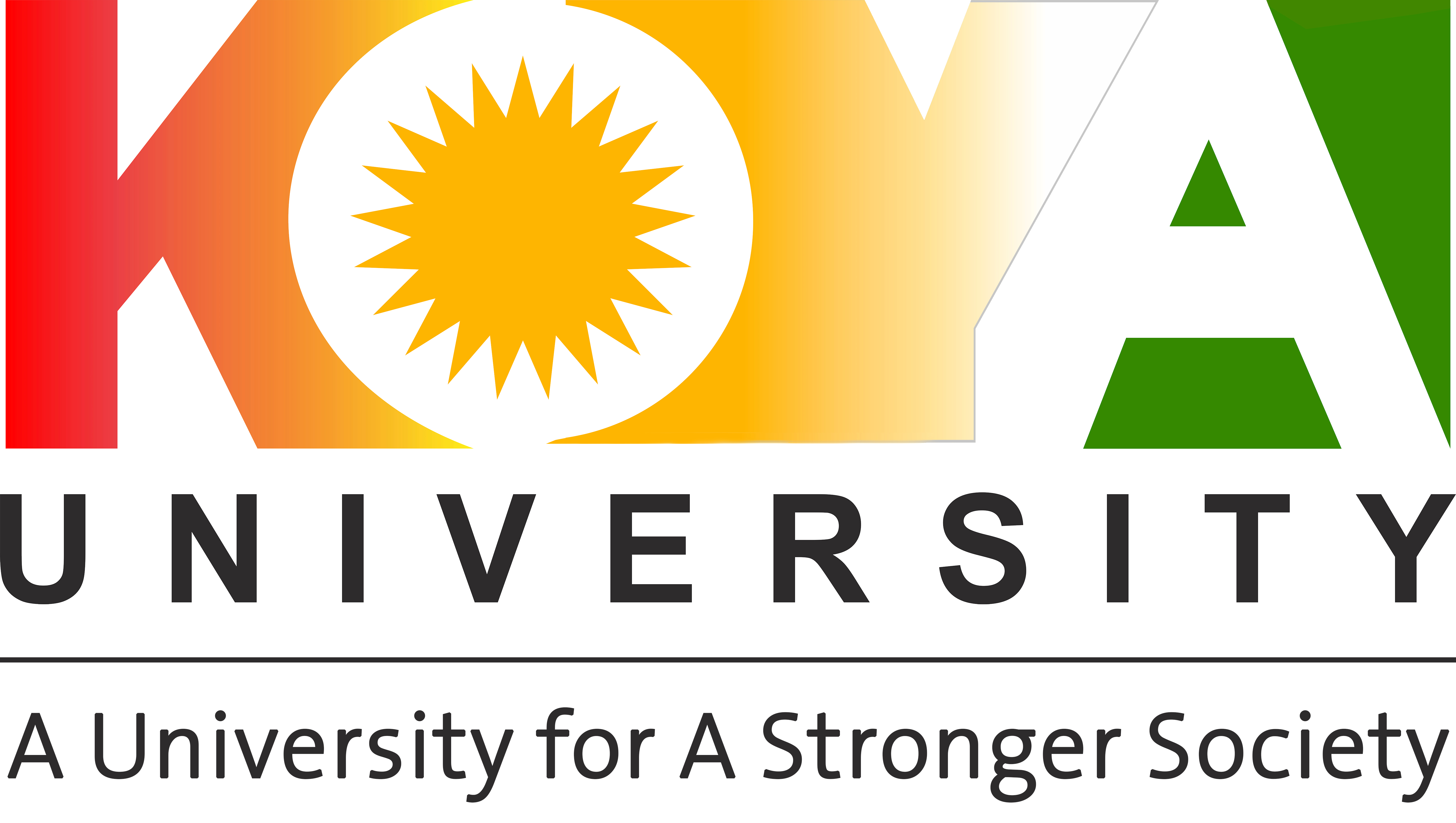A team of researchers at the Department of Software Engineering DSWE in Koya University (Dr. Salah I. Yahya and Dr. Yazen A. Khaleel) in collaboration with a researcher from the School of Electronic, Electrical and Systems Engineering, Loughborough University, UK (Dr. Will G. Whittow) have achieved a unique research about the numerical dosimetry of CDMA/GSM, DCS/PCS and 3G signal jammers.
The research paper has been accepted then published on 28 April, 2016, in one of the most prestigious scientific journal in UK, IET Microwaves, Antennas & Propagation, DOI: 10.1049/iet-map.2014.0713 , Print ISSN 1751-8725, Online ISSN 1751-8733. IET-MAP journal is indexed by Thomson Reuters with IF=0.91 and 5-years IF=0.947. The published paper is the first published work on assessing the possible EM radiation hazard of mobile phone signal jammers. This publication is a fruit of two years researchers’ collaboration between Koya University and Loughborough University. For more information, kindly visit the publication link:
Abstract: In this study, numerical dosimetry of a code division multiple access (CDMA)/global system of mobile, digital cellular service (DCS)/personal communications service (PCS) and third generation signal jammer working with three antennas is presented. Three anatomical full human body models of different ages and gender exposed to the signal jammer electromagnetic (EM) waves at 900, 1800 and 2100 MHz, simultaneously, are numerically modelled using a high-resolution finite-difference time-domain gridding; solved by a full-wave three-dimensional EM simulation software on a high-performance workstation machine. The average specific absorption rate (SAR) in the whole human body and the peak spatial SAR averaged over 1 g induced in the head and torso biological tissues were evaluated at different distances from the signal jammer above a ground consisting of concrete and soil layers. The maximum radiated power by the signal jammer at different distances against the human body was calculated for the safe exposure in compliance with the Institute of Electrical and Electronics Engineers (IEEE)/American National Standards Institute (ANSI)/Federal Communications Commission (FCC) standard limits.

